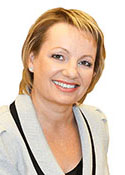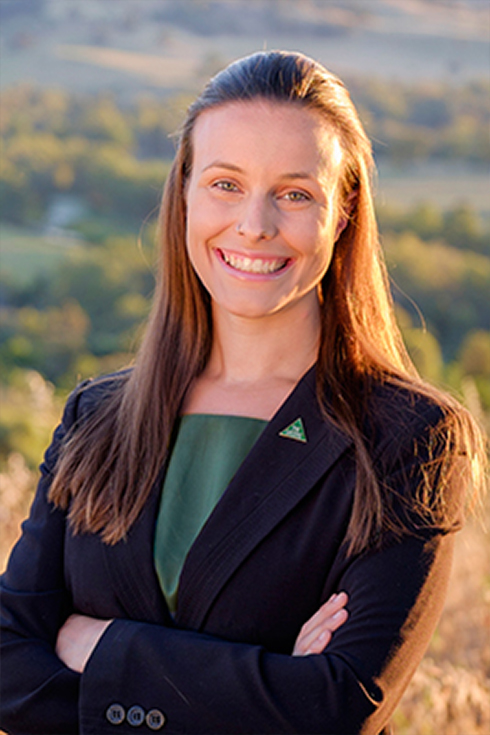Farrer
Margin: Liberal 21.6%
Region: Interior, New South Wales
In a nutshell: Covering most of the New South Wales side of the Victorian border, Farrer was last of electoral interest when it passed from the Nationals to the Liberals in 2001, with current member Sussan Ley succeeding former Nationals leader Tim Fischer.
Candidates in ballot paper order

|
RON PIKE AMANDA COHN PAUL ROSSETTO BRIAN MILLS SUSSAN LEY CHRISTIAN KUNDE TREVOR O’BRIEN |
Held for the Liberals since 2001 by Sussan Ley, the electorate of Farrer covers south-western New South Wales along most of the length of the Victorian border, thereby accommodating Murray-Darling farming districts and, in its south-eastern corner, the major population centre of Albury. The latest redistribution has dramatically changed the electorate’s physical shape by transferring nearly 150,000 square kilometres in the north-west of New South Wales, which was added to Farrer in the 2007 redistribution, to the electorate of Parkes. However, this transfer affects only 14,600 voters, most of them in Broken Hill. Compensating it for this loss, along with general regional population decline, is the absorption of 32,000 voters in the western parts of Riverina, which ends a link between that electorate (known as Riverina-Darling from 1984 to 1993) and the town of Griffith that goes back to federation. Further to the south, the 2000 of the Shire of Lockhart are transferred from Farrer to Riverina. The loss of Broken Hill is the main contributor to a 4.1% increase in the already ample Liberal margin, which goes from 17.4% to 21.6%.
Farrer was created with the enlargement of parliament in 1949 to accommodate Albury and Wagga Wagga, which had hitherto formed the basis of the electorate of Hume – a name that was retained in a fundamentally different new electorate further to the east. The 1949 election also marked a turning point in the area’s electoral record, as Labor had held Hume more often than not over the previous 30 years, but would never do with Farrer. The Liberals held the seat until 1984, when the redistribution caused by the enlargement of parliament caused Wagga Wagga to be transferred to Hume (it is now in Riverina). This prompted the sitting member, Wal Fife, to contest Hume instead, and Farrer was won for the Nationals by Tim Fischer, who had served the area as the state member for Sturt and Murray since 1971. Fischer went on to lead the Nationals from 1990, and was Deputy Prime Minister from the 1996 election victory until his resignation in mid-1999. With Fischer’s exit from parliament at the 2001 election, Farrer was won for the Liberals by Sussan Ley with a margin of 206 votes after preferences, after a heavy flow of preferences to the Nationals failed to chase down her 37.7% to 23.4% lead on the primary vote.
Sussan Ley was an official with the Australian Taxation Office for six years before entering parliament, and had previously been an air traffic controller and farmer. She attained parliamentary secretary status after the October 2004 election, and won promotion to the shadow junior ministry after the Howard government’s defeat in 2007. After the election of the Abbott government in September 2013 she took on the role of Assistant Minister for Education, before achieving cabinet status with her promotion to Health Minister in December 2014. Ley is regarded as a factional moderate, but The Australian’s account of the voting in the September 2015 leadership challenge featured her in a short list of members whose loyalties were not known.
Analysis by William Bowe. Read William’s blog, The Poll Bludger.


